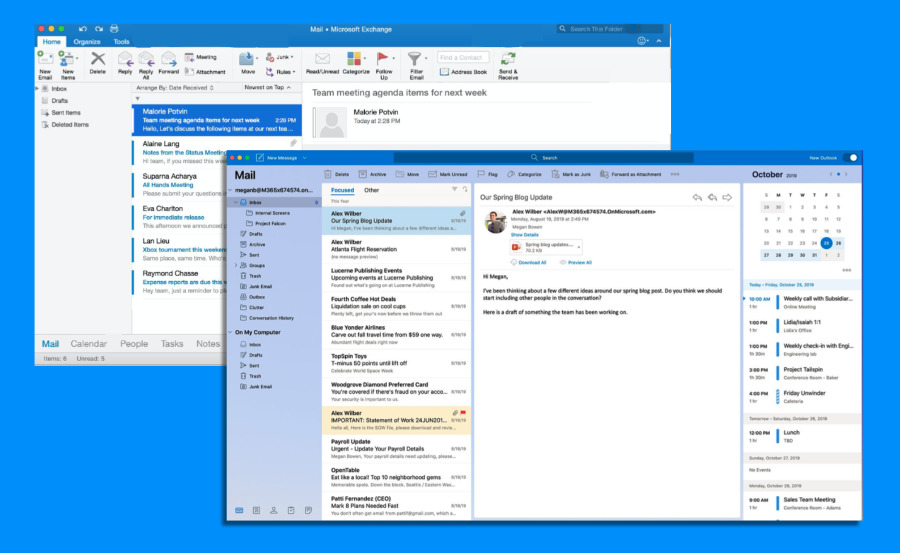

This will save time when the operating system updates. Press Ctrl + X to save and exit, then remove a large changelog file: sudo apt-get remove apt-listchanges Use the arrow keys to browse through the list until you find: deb stretch main contrib non-free rpiĬhange this line, replacing " stretch" (or whichever version of Raspbian your system is running) with " buster": deb buster main contrib non-free rpi This is easily done in the terminal by using the nano text editor to edit the sources: sudo nano /etc/apt/sources.list Upgrading to Raspbian Buster means switching repositories. With that out of the way, update the Raspberry Pi firmware with: sudo rpi-update Open a terminal and enter: sudo apt update This means upgrading from Raspbian Stretch (or Jessie, or Wheezy, etc.) to Raspbian Buster. It needs to be at the point where everything is in place for a straightforward Raspberry Pi OS upgrade. To upgrade Raspbian to Raspberry Pi OS, you first have to ensure your copy of Raspbian is fully upgraded. If the installer asks to unlock your disk, enter the password that you use to log in to your Mac. Click Continue, then follow the onscreen instructions.

Reinstalling macOS doesn't remove your personal data. Whatever method you use to upgrade to Raspberry Pi OS, take the time to back up any vital data stored on the Raspberry Pi's SD card or SSD first. When you see a window with the option to reinstall macOS, your Mac has started up from Recovery.


 0 kommentar(er)
0 kommentar(er)
